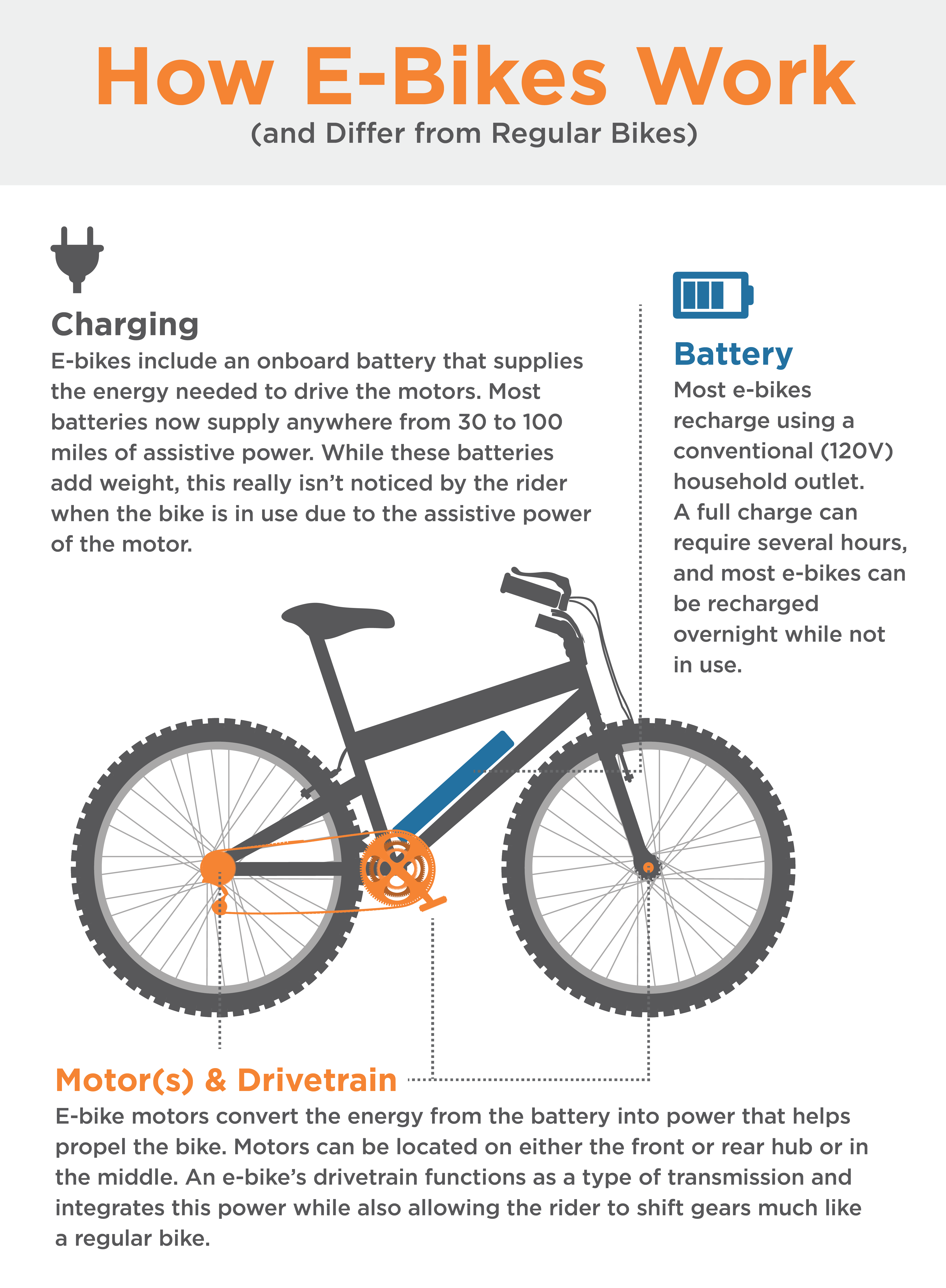Understanding E-Bike : A Novice'S Manual For Your City
Understanding E-Bike : A Novice'S Manual For Your City
Blog Article
Short Article Writer-Nyholm Braun
Prior to you get on your e-bike and hit the streets, it's important to recognize the regulations and laws that regulate your city. From speed restrictions to marked riding locations, there's a whole lot to take into consideration to guarantee you're compliant and secure. By acquainting yourself with the guidelines certain to e-bikes, you'll be better geared up to appreciate your experiences without any unforeseen legal concerns. Stay tuned to find essential insights that will aid you navigate the e-bike landscape in your city effortlessly.
Understanding E-Bike Classification
When it involves browsing the realm of e-bike laws and laws, an important beginning point is understanding the category system that categorizes these electric bicycles. E-bikes are generally classified into three major groups: Class 1, Class 2, and Class 3.
Class 1 e-bikes are pedal-assist only, indicating they give support while the rider is pedaling and have a maximum speed of 20 mph. These bikes are allowed in areas where typical bikes are allowed.
Course 2 e-bikes are geared up with a throttle that can push the bike without pedaling. They also have a maximum speed of 20 miles per hour and are suitable for riders that might require assistance without pedaling continuously.
Class 3 e-bikes are similar to Class 1 yet with a greater maximum speed of 28 mph. These bikes are commonly limited from certain bike paths or trails because of their greater speeds.
Comprehending these classifications is crucial for following local regulations and guaranteeing a risk-free and pleasurable e-biking experience.
Browsing Rate Limitations and Restrictions
To effectively navigate e-bike legislations and laws, it's crucial to understand the rate limits and constraints that put on different classes of electric bikes.
Speed limitations for e-bikes vary relying on the classification of the bike. Course 1 e-bikes, which are pedal-assist just and have a maximum speed of 20 mph, are generally permitted on bike lanes and paths.
Course 2 e-bikes, which have a throttle in addition to pedal-assist and additionally get to rates of as much as 20 miles per hour, might be restricted in certain locations where motorized vehicles aren't allowed.
Class 3 e-bikes, with pedal-assist approximately 28 mph, are generally called for to comply with the exact same rules as conventional bicycles.
It's important to follow these speed restrictions and constraints to ensure your security and the safety of others when driving. Before riding https://fat-tire-ebike11098.thenerdsblog.com/38802060/the-development-of-electric-bicycles-key-patterns-and-technologies-to-monitor -bike, acquaint yourself with the particular regulations in your city to stay clear of any possible penalties or lawful problems.
Where to Adventure Your E-Bike
To identify where you can ride your e-bike, it's necessary to know the regulations and standards certain to your location. In the majority of locations, e-bikes are commonly allowed on roads and roads where traditional bikes are allowed. This may consist of bike lanes, bike courses, and shared roadways. However, it's critical to inspect neighborhood laws as some cities may have certain limitations on where e-bikes can be ridden.
When riding your e-bike, constantly focus on safety by following traffic guidelines and respecting pedestrian walkways. In addition, bear in mind any designated bike lanes or courses in your area and use them whenever feasible to make sure a smoother and safer ride.
Some cities also have guidelines concerning e-bike use on sidewalks, so make sure to acquaint yourself with these regulations to prevent any fines or penalties.
Final thought
Now that you know with the legislations and guidelines surrounding e-bikes in your city, you can with confidence hit the trail understanding where you can ride and what constraints apply to your e-bike classification. Remember to constantly focus on simply click the next document and adhere to the policies to ensure a smooth and legal trip. Happy riding!
